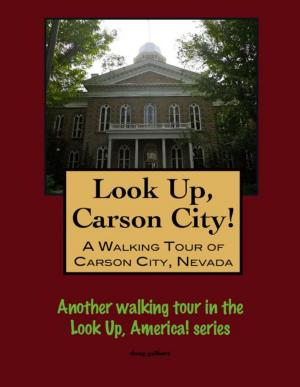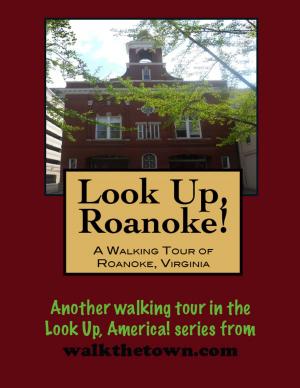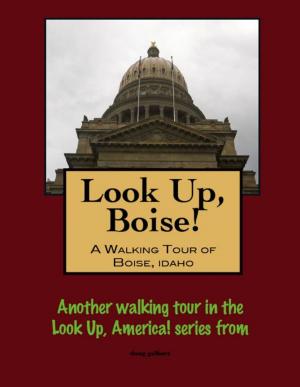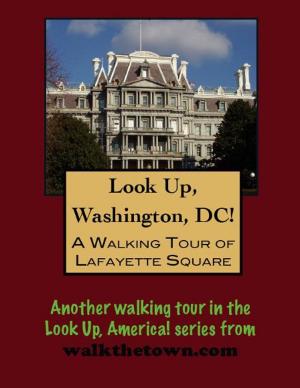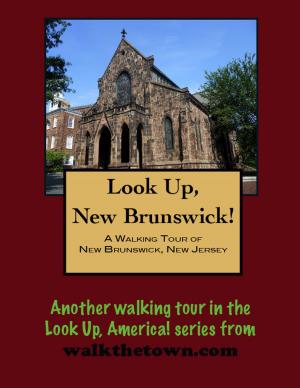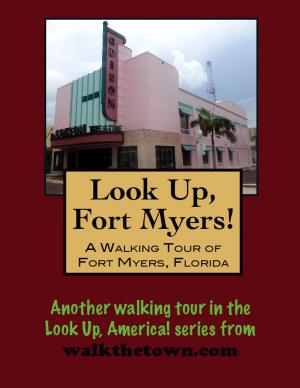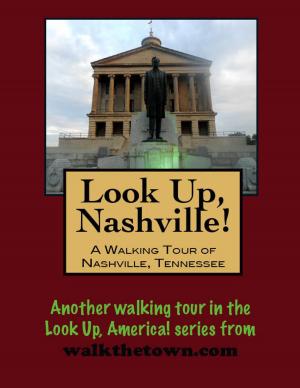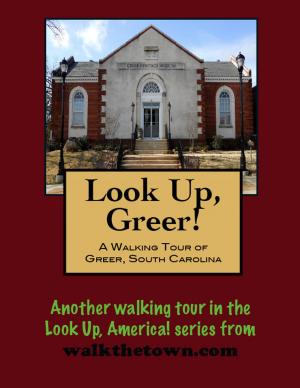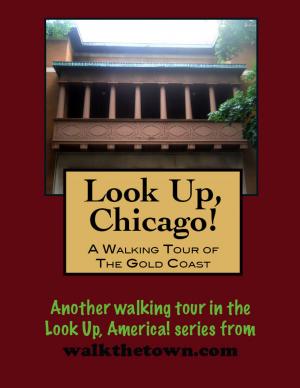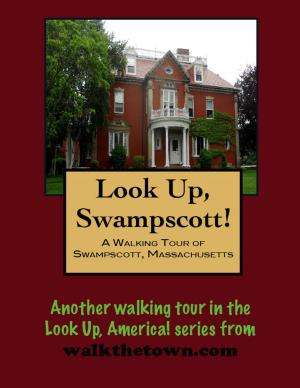| Author: | Doug Gelbert | ISBN: | 9781458083036 |
| Publisher: | Doug Gelbert | Publication: | February 11, 2011 |
| Imprint: | Smashwords Edition | Language: | English |
| Author: | Doug Gelbert |
| ISBN: | 9781458083036 |
| Publisher: | Doug Gelbert |
| Publication: | February 11, 2011 |
| Imprint: | Smashwords Edition |
| Language: | English |
There is no better way to see America than on foot. And there is no better way to appreciate what you are looking at than with a walking tour. Whether you are preparing for a road trip or just out to look at your own town in a new way, a downloadable walking tour is ready to explore when you are.
Each walking tour describes historical and architectural landmarks and provides pictures to help out when those pesky street addresses are missing. Every tour also includes a quick primer on identifying architectural styles seen on American streets.
The first settlement was established in 1795 when Benjamin Bentley came from Washington County, Pennsylvania, and explored the region along the Shenango River. He set up a “tomahawk claim” of over 400 acres on the east side of the Shenango River, and south of what is now State Street. The next year he brought his wife and six children to Sharon in a canoe, having erected a rude log cabin the year before. In 1798 William Budd and Charles and Frances Reno came to Sharon.
A great deal of the downtown section of the city now covers what were the farms of these early settlers that lay on a flat plain bordering the Shenango River. According to local legend, the community probably received its name from a Bible-reading settler who likened the location to the Plain of Sharon in Israel.
Sharon grew very slowly. At the time of its incorporation as a borough in 1841 there were about 400 inhabitants; in 1850, 541; and in 1860, still only 900. But things were about to change. Coal was first discovered by accident early in 1835, cropping out of the hillside west of Sharon. Charles Meek opened the first mine on the property. This was the beginning of the famous Mercer County block coal. Because the coal possessed a peculiar structure, and because it retained its shape until it fell into ashes, it was especially fitted for the manufacture of pig iron. Pig iron made from this coal in 1876 was claimed to be the best made in America. From 1835 to 1876 more than fifty mines were opened.
Mercer County block coal did not run in veins but was deposited in “basins” or “swamps,” varying in thickness from five to seven feet in the center. It tapered off into rock at the edges. The coal was removed usually from drift mines. The mine cars, of about 1200 pounds capacity, were pulled from the mines on wooden tracks by large dogs.
Due to these large coal deposits, Sharon became a beehive of industrial activity, with rolling mills, boiler and machine shops, furnaces, flour mills, ordnance works, and manufactories of explosives, nails, horse collars, spokes, chains, stoves, and lumber products. By the time Sharon was incorporated as a city in 1917, the population had swelled to more than 20,000, the largest city in Mercer County.
Sharon remained a booming steel town into 1960s. The Malibu division of National Castings, Sharon Steel Corporation and Westinghouse Corporation were all major employers. Most of the plants have shuttered and industry moved on. Today, Sharon is best known to outsiders for its quirky Big Three - a trio of stores that bill themselves as the “World’s Largest,” selling candy, shoes and discount clothes.
Our walking tour will begin atop the Shenango River that dissects the town and we’ll move from the recently rehabilitated State Street Bridge aways up those hills that cradle the town on both sides...
There is no better way to see America than on foot. And there is no better way to appreciate what you are looking at than with a walking tour. Whether you are preparing for a road trip or just out to look at your own town in a new way, a downloadable walking tour is ready to explore when you are.
Each walking tour describes historical and architectural landmarks and provides pictures to help out when those pesky street addresses are missing. Every tour also includes a quick primer on identifying architectural styles seen on American streets.
The first settlement was established in 1795 when Benjamin Bentley came from Washington County, Pennsylvania, and explored the region along the Shenango River. He set up a “tomahawk claim” of over 400 acres on the east side of the Shenango River, and south of what is now State Street. The next year he brought his wife and six children to Sharon in a canoe, having erected a rude log cabin the year before. In 1798 William Budd and Charles and Frances Reno came to Sharon.
A great deal of the downtown section of the city now covers what were the farms of these early settlers that lay on a flat plain bordering the Shenango River. According to local legend, the community probably received its name from a Bible-reading settler who likened the location to the Plain of Sharon in Israel.
Sharon grew very slowly. At the time of its incorporation as a borough in 1841 there were about 400 inhabitants; in 1850, 541; and in 1860, still only 900. But things were about to change. Coal was first discovered by accident early in 1835, cropping out of the hillside west of Sharon. Charles Meek opened the first mine on the property. This was the beginning of the famous Mercer County block coal. Because the coal possessed a peculiar structure, and because it retained its shape until it fell into ashes, it was especially fitted for the manufacture of pig iron. Pig iron made from this coal in 1876 was claimed to be the best made in America. From 1835 to 1876 more than fifty mines were opened.
Mercer County block coal did not run in veins but was deposited in “basins” or “swamps,” varying in thickness from five to seven feet in the center. It tapered off into rock at the edges. The coal was removed usually from drift mines. The mine cars, of about 1200 pounds capacity, were pulled from the mines on wooden tracks by large dogs.
Due to these large coal deposits, Sharon became a beehive of industrial activity, with rolling mills, boiler and machine shops, furnaces, flour mills, ordnance works, and manufactories of explosives, nails, horse collars, spokes, chains, stoves, and lumber products. By the time Sharon was incorporated as a city in 1917, the population had swelled to more than 20,000, the largest city in Mercer County.
Sharon remained a booming steel town into 1960s. The Malibu division of National Castings, Sharon Steel Corporation and Westinghouse Corporation were all major employers. Most of the plants have shuttered and industry moved on. Today, Sharon is best known to outsiders for its quirky Big Three - a trio of stores that bill themselves as the “World’s Largest,” selling candy, shoes and discount clothes.
Our walking tour will begin atop the Shenango River that dissects the town and we’ll move from the recently rehabilitated State Street Bridge aways up those hills that cradle the town on both sides...


